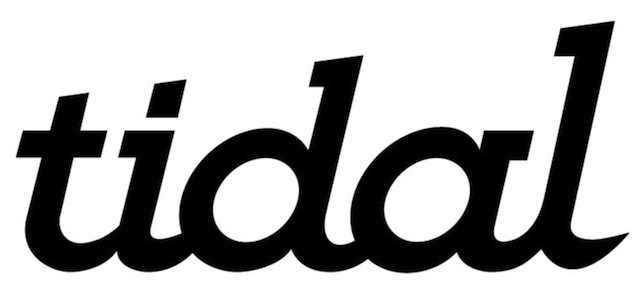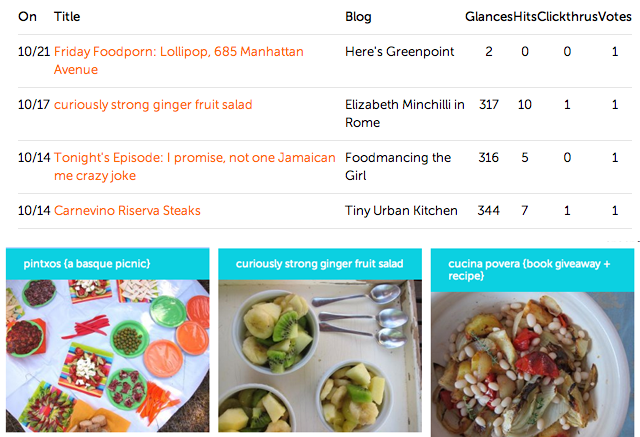Amateur bloggers want exposure, while publishers and brands want cheap content they can monetize. Tidal launches today with hopes of connecting the two. Bloggers signup, and Tidal’s licensable content curation platform pulls out the best posts that match what its clients are looking for. These posts are delivered to the editors of apps and sites like Zagat’s Fork and Tell, Condé Nast’s Teen Vogue, and Bob Vila Nation, who have the final say of what to publish. The sites are willing to pay Tidal because the crowdsourced content draws traffic but is cheaper than paying writers or hiring an editor to go find content.
If you’re a blogger and want to be fast tracked through the approval process, sign up at http://tid.al/ using the code “techcrunch” without the quotes.
A beta trial to create a community fashion channel for Condé Nast’s Teen Vogue was a success, with 2,000 blogger applicants and thousands of crowdsourced posts live on the site. Tidal has now signed up over 5,400 bloggers thanks to buttons asking for contributors on the sites it powers. Contributors don’t receive monetary compensation, but get exposure and links back to their original posts. In this way, Tidal leverages the vast numbers of bloggers who are just trying to express their passion.
To sift through applicants and the posts of those accepted, Tidal’s curation engine scores posts based on how well they’d fit the on the sites of their clients. It looks for proper post length, number of photos, keyword density, comment volume, author’s Klout score, similarity to previous popular posts, and the grade level the writing is suited for. It also screens for spam and giveaways.
Posts that qualify are delivered with a confidence rating for how likely they are to fit the host. This curation is what Tidal sees as its value-add. Editors can then scan through the refined list of submissions through Tidal’s dashboard and pick what they want to have appear on their site.
Founder Matt Myers tells me he sees Tidal as a better solution than content farms like Demand Media and Contently because it’s opt in rather than scraping the entire web. The platform can be optimized for sites with different success metrics. For example, it can deliver traffic-drawing posts for publishers, content that encourages purchases for ecommerce sites, and articles that inspire Facebook Likes for brands.
Tidal is part of the fourth fourth class of new accelerator First Growth. Its advisors have helped the 5-person startup form connections in the New York scene and groom itself for a coming large seed or small venture funding round. Myers tells me, “I don’t think we could have built this company in San Francisco, because publishers and agencies are super important to us and you sort of have to be here to run into those people.”
Similar to Techmeme, Tidal employs a two-tier, algorithm-plus-editors curation model that is efficient yet accurate. It gives bloggers the recognition that can inspire them to keep writing, and gives big websites a sense of community.

